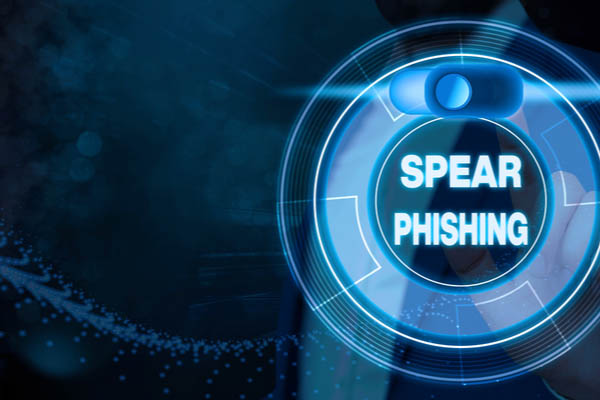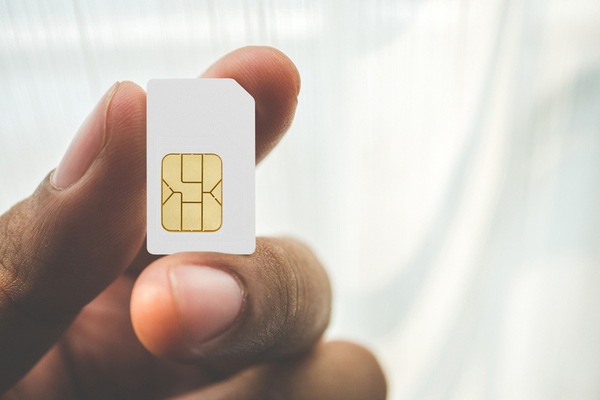
“Spearphishing,” a term coined by computer security expert Bruce Schneier, is a type of phishing that uses personal data to gain trust. It typically targets specific people and companies with the intent of stealing valuable or sensitive data. Spear-phishing can be hard to detect, so it’s crucial to know what you’re up against and how to protect yourself from this dangerous online threat.
Phishing: Why You Have To Be Aware Of It
Phishing is a technique used to get sensitive information, such as passwords and credit card details. This usually happens through email or websites which look like the website of your bank. The content could be something like this: “Hello! You have won one million pounds!”, with an attached link that looks very much real but in fact leads you nowhere but to the scam page where you enter your sensitive data and transfer it to swindlers.
The next step of phishing is the victim receiving a message saying that there was an error trying to withdraw funds from his bank account or somebody calling them with similar news. Now they are aware of what’s happening and can prevent themselves from getting scammed by phishers.
What Is A Spear Phishing Attack?
Once you have decided to read this article, you are seeking information about what is a spear phishing attack. You are interested in a topic, and you have targeted the information towards that subject.
In cyber security terms, this is called as spear phishing attack. In other words, it is an email spoofing with the intent to steal user credentials or entice them into clicking on malicious links/attachments, etc.
The most common chance of spam is receiving messages via emails or messengers. The attack can be aimed at a particular person or even a huge company.
Targets of a Spear Phishing Attack
Cybercriminals have identified various targets through which they plan to hijack data from users. These include websites, apps as well as emails accounts nowadays. Spear phishing attack is usually sent as a usual message you receive from a trusted source. The email will have a link that is very similar to the original one. This can be used for transferring data or stealing login credentials of your account if you follow it unknowingly.
In this way, criminals not only get your passwords and other credentials but also have access to your sensitive personal data that can be used against you. One more case is that they receive access to your banking systems, and your money can be transferred to criminals’ accounts. Exactly getting your personal data is the target of spear phishing attack.
What Helps Protect From Spear Phishing?
Keeping in mind the general definition of spear-phishing provokes a question of what helps protect from spear phishing.
- Use a password manager to generate safe passwords.
- Never open any email attachments from someone you don’t know or trust, as they can contain malicious codes that will infect your computer and steal personal information.
- Don’t share passwords with people you don’t know.
- Install a security solution, like antivirus software.
- Make sure you download your emails using an email app rather than through the web browser to avoid downloading malicious code onto your computer.
- Don’t click on links in suspicious-looking emails, as they could redirect you to fake websites which look real enough for hackers who are trying to steal your data in the way of phishing.
- Contact the support center at your email provider if you are suspicious about an email.
- Don’t open emails or attachments from people who aren’t expecting them, as they could contain viruses that take over the computer and steal personal data, like passwords.
- Downloading attachments without double-checking with the person whose account it is can lead to infections on your device, which allow the criminals to get access to your files and private information.
- Don’t click on any links that you don’t recognize, even if they look like the ones in your email account or social media page, as hackers could steal personal data like passwords.
- If it’s too good to be true, then it probably is not real, so make sure you double-check before doing anything with an email to avoid the possibility of phishing.

